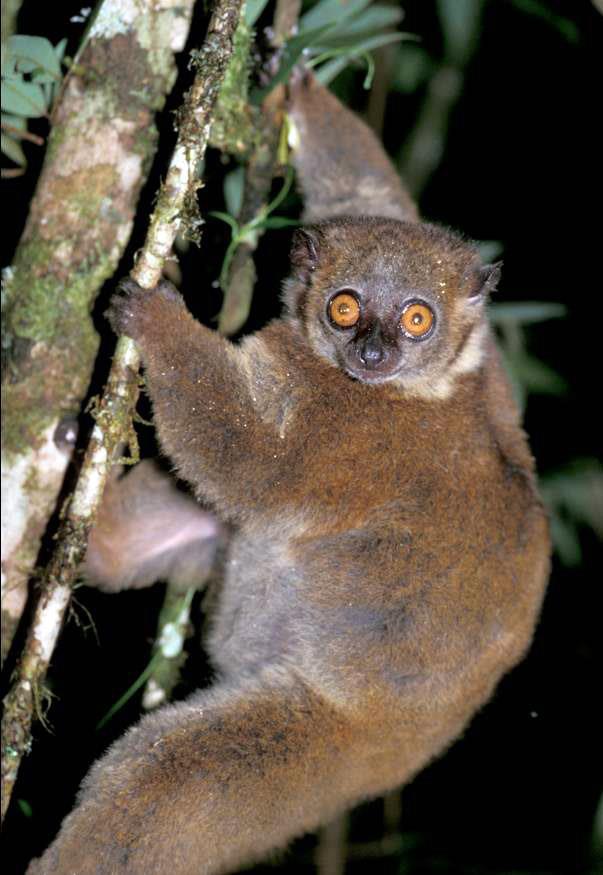Mohamed Thani Ibouroi
Other projects
31 Jan 2019
Patterns of Diversity, Distribution and Conservation Status of Some Highly Threatened Bird’s Species in a Fragmented Landscape: The Case of the Comoros Island’s
This project aims to inventory lemur diversity, determine taxonomic and conservation status of lemurs in three understudied Inter River System (IRS) of North Eastern Madagascar.

Since 2009’s political events in Madagascar, subsidiary and economic hunting, logging and poaching have tremendously increased. Since then, in northern remote regions of Madagascar (Daraina, Marojejy) several dozens of smoked lemurs have been discovered and increasing Rosewood logging has been shown to increase poaching. Madagascar North-eastern forests situated in the three IRS between Manambato and Bemarivo rivers are still understudied. Studies on lemurs from that region are scarce, and almost nothing is known about the diversity and the taxonomy of lemurs inhabiting this regions. Knowing the important role of large rivers for diversification of small lemur genera (Microcebus and Lepilemur in particular), the survey of these forests could lead to important taxonomic discoveries. If undiscovered taxa inhabit these small isolated forests, they could be in critical danger of extinction before we even start describing them. The project will thus fulfil the urgent need to inventory lemur diversity of the region, and to acquire data on their taxonomy and conservation status (distribution, density, etc.).
The main outcomes of the project will be achieved through the Malagasy student Master thesis, international scientific articles, and to put all together, a Conservation Action Plan for the species identified in the area, written in behalf with the Primate Specialist Group/SSC
In terms of ecological and conservation data we will:
A) For the five target forests:
1) Assess lemur diversity and determine lemur taxonomy;
2) Evaluate the effect of local population uses of the forest and traditional believes on lemurs’ diversity and density.
3) For each visited forest fragments, we will assess general characteristics (presence of mines, charcoal, zebu grazing, wood cutting, etc.).
B) At the landscape level:
1) Provide patterns of lemur species diversity and density,
2) Determine lemurs’ distribution and population size;
3) Identify priority conservation area (forest or IRS) and develop a Conservation Action Plan for it.
Concerning the educational and training aspect of the project, we will provide basic guiding, scientific field work, and basic conservation training to one or two guide in two or three localities per forest and a complete training of one Malagasy Master Student from Mahajanga University. These courses will be composed of animal capture, handling and morphometric techniques, distance sampling methods, basic computing knowledge, computation of density estimates, basic statistics using the freely available R stat package and simple Geographical Information System tools.